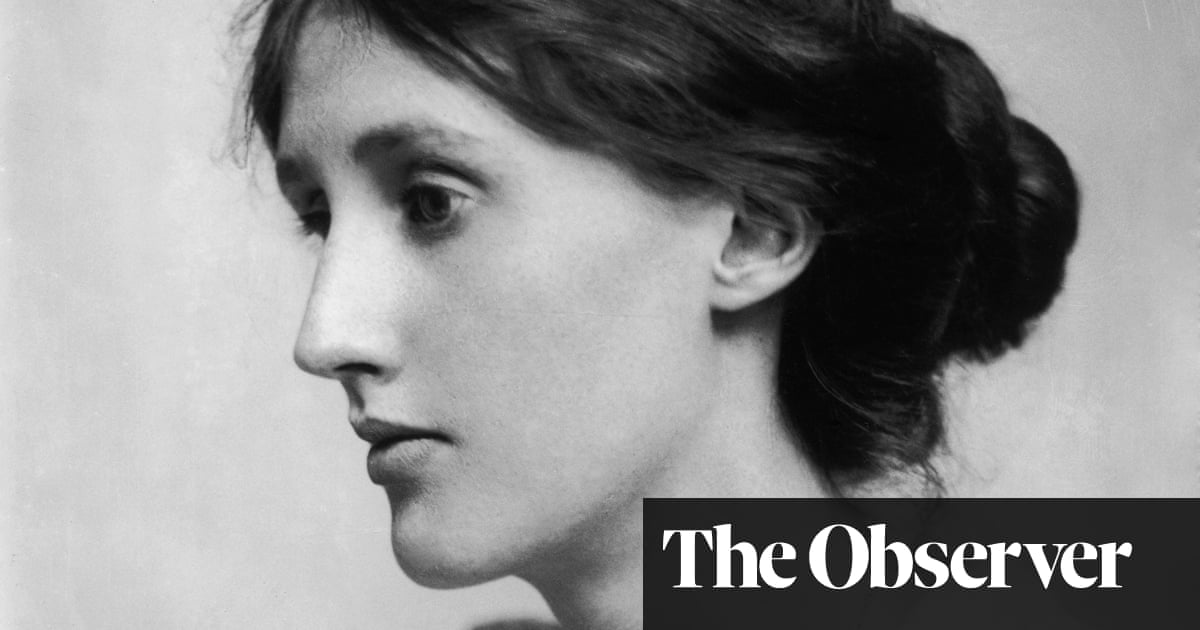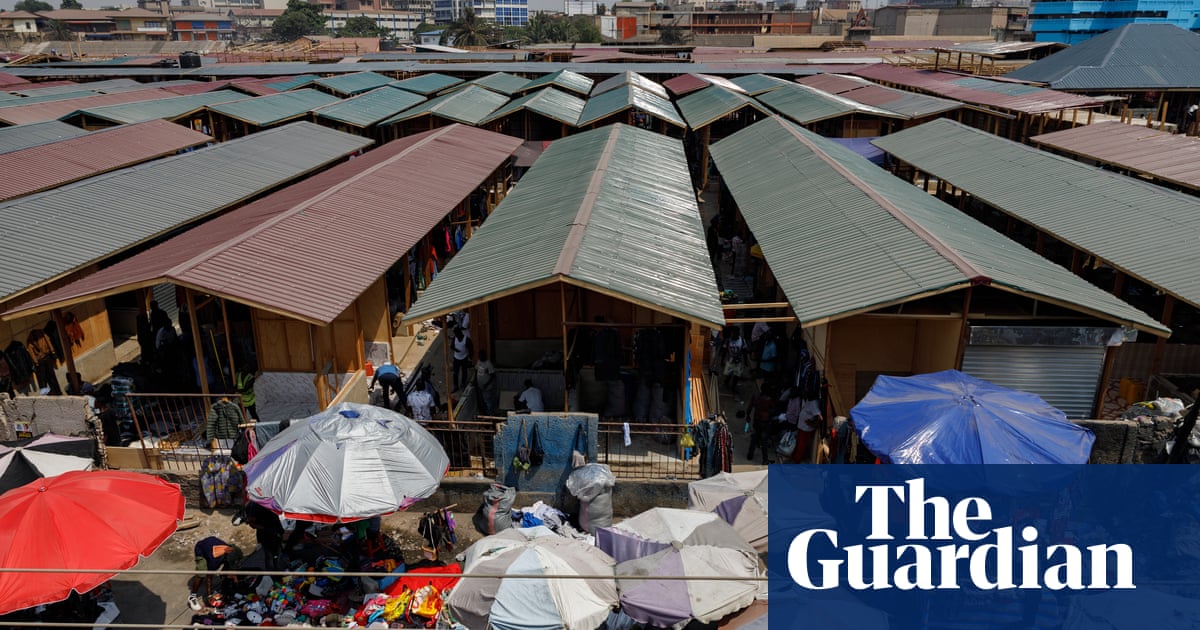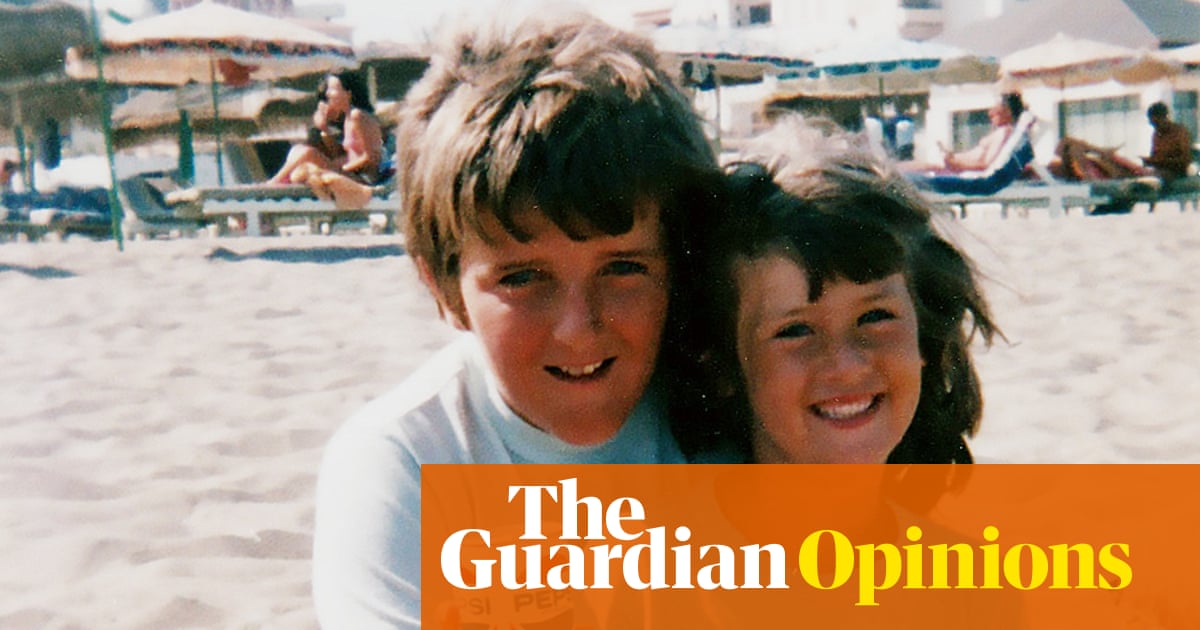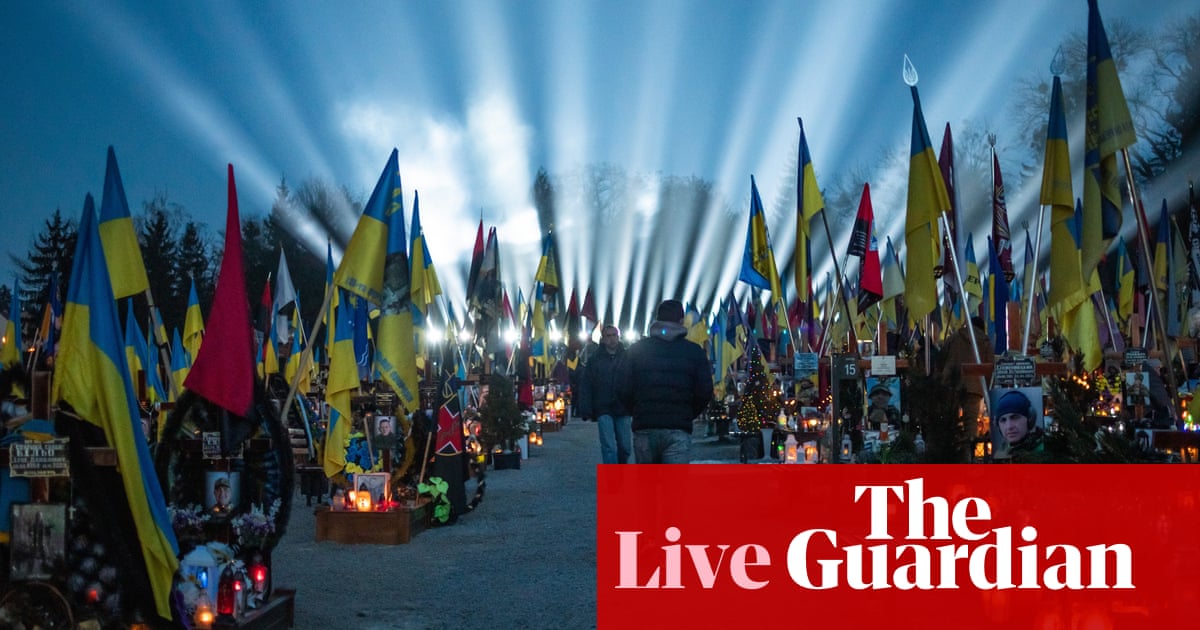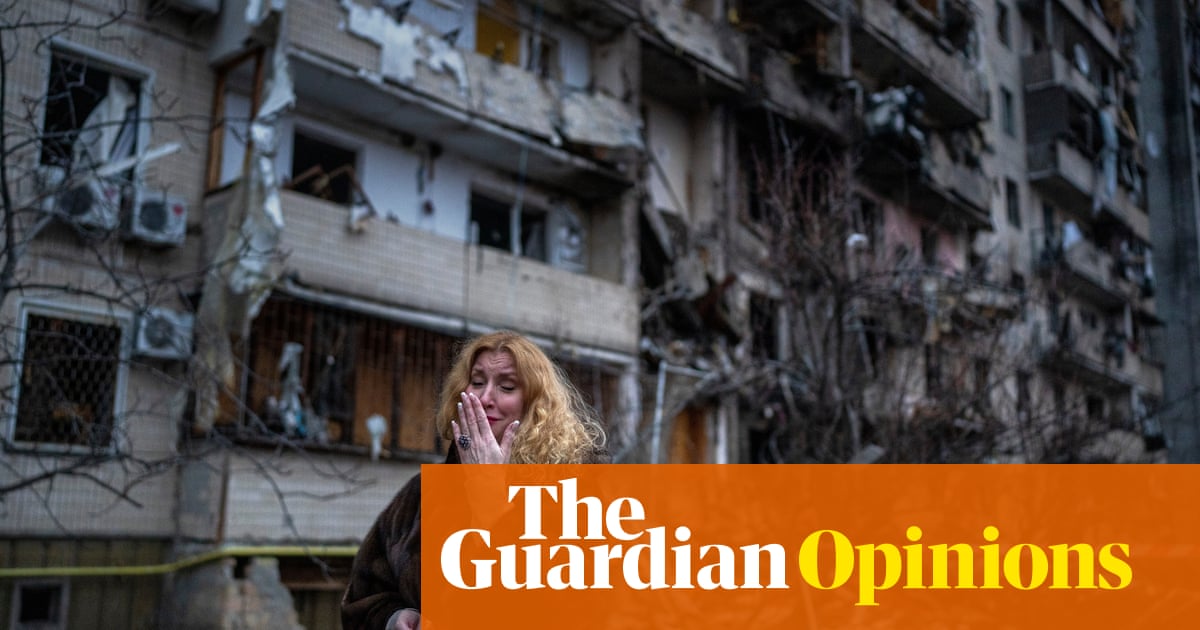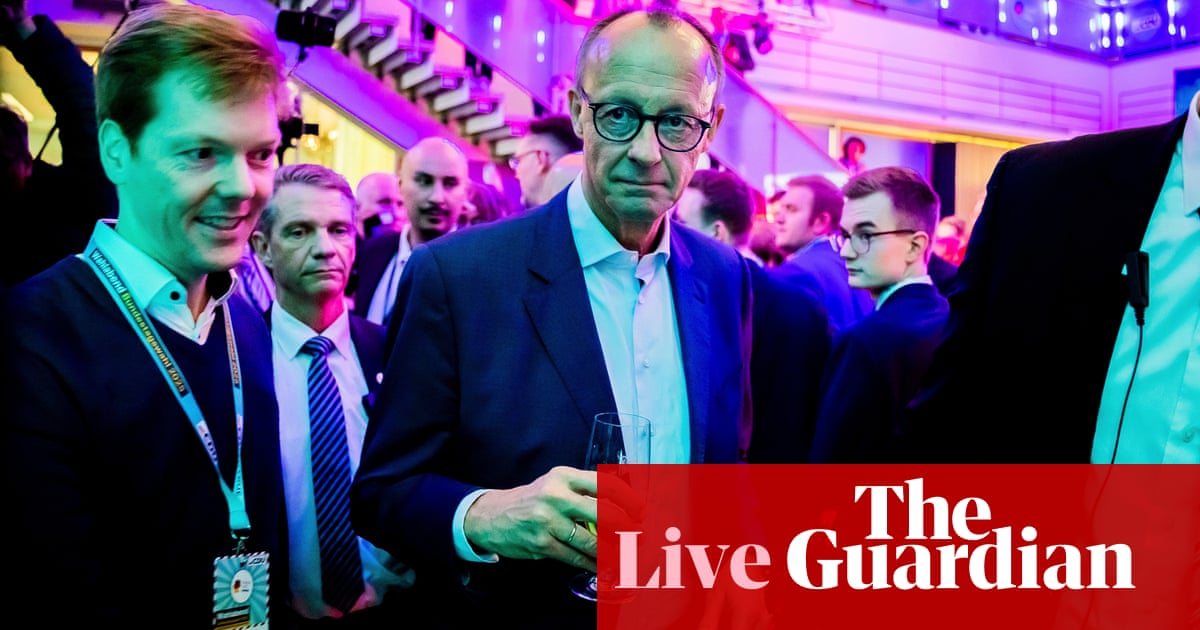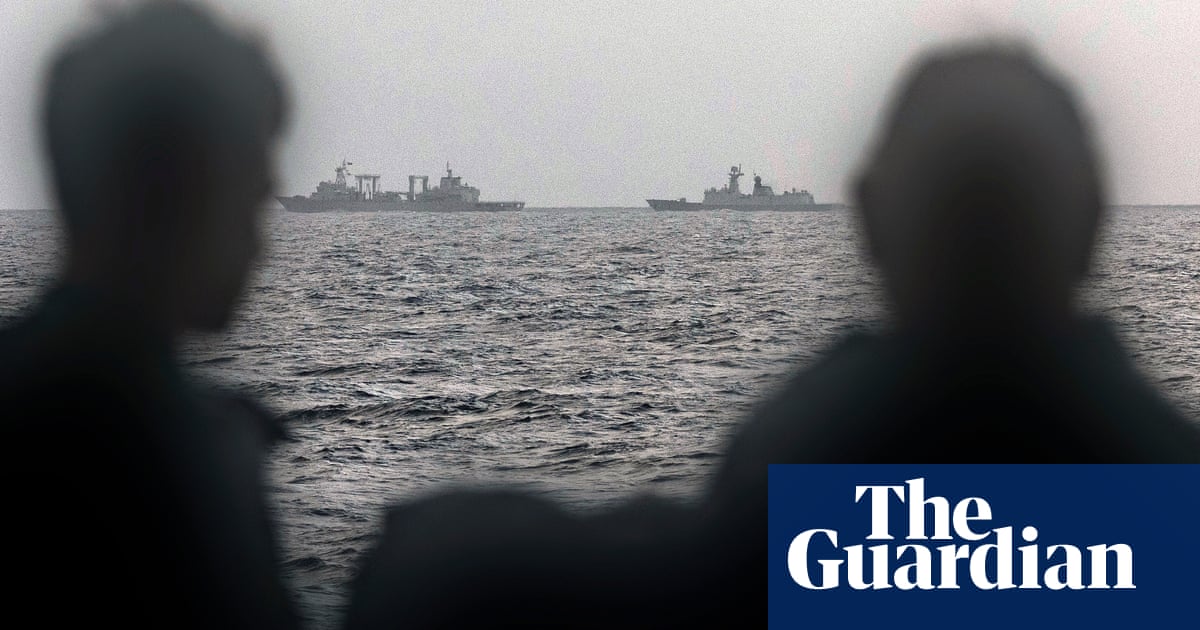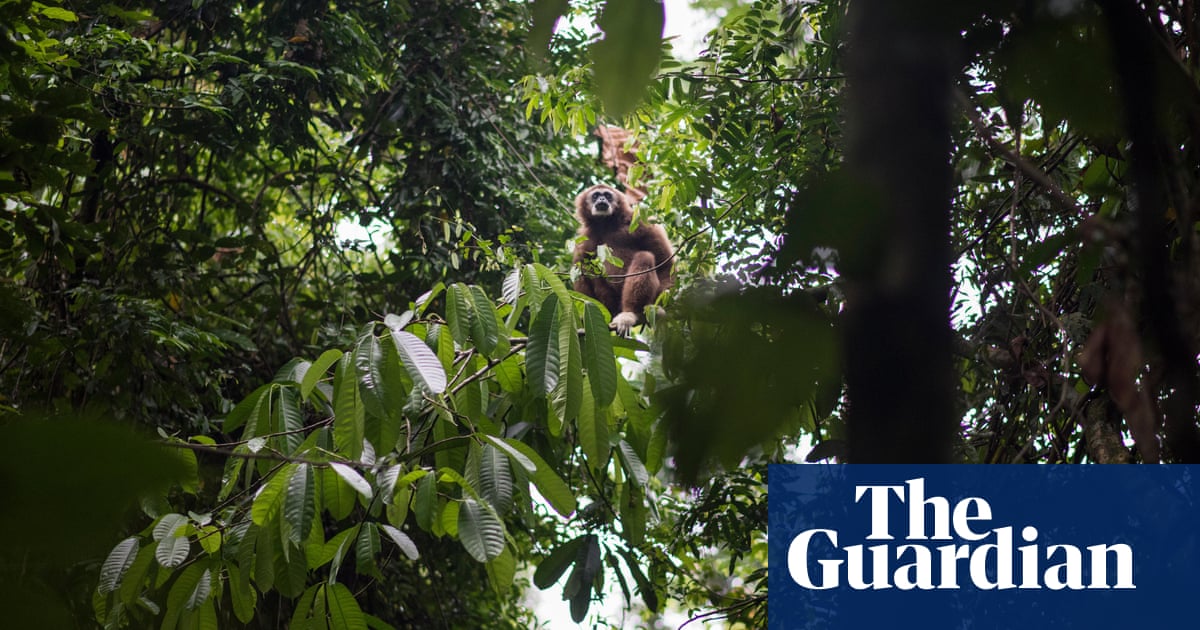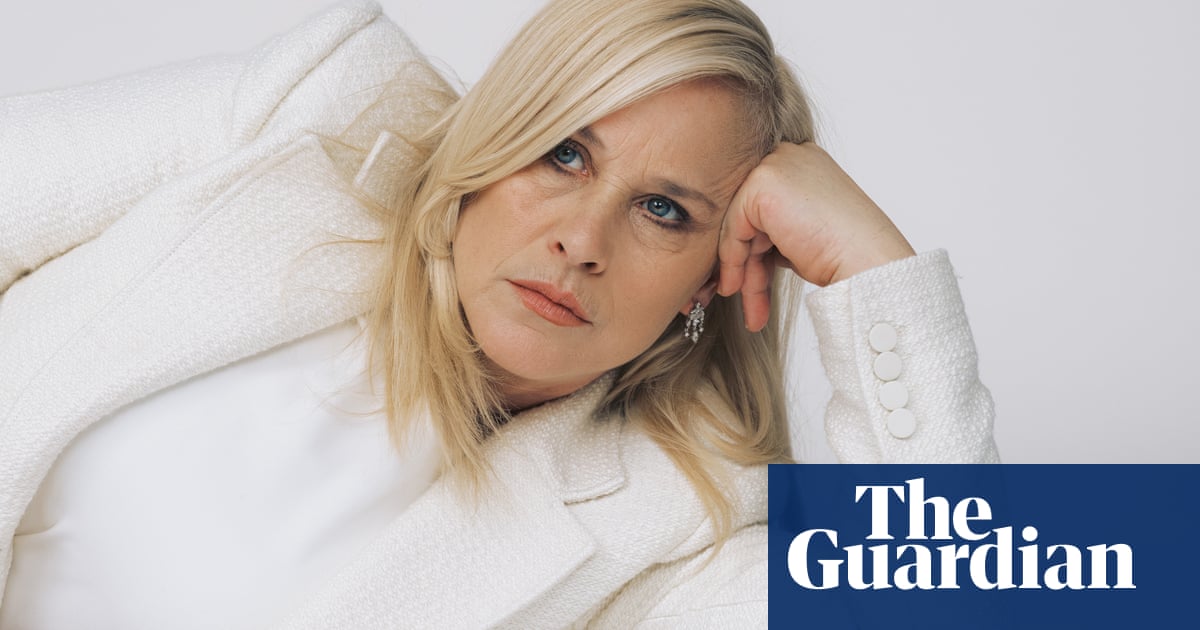A lot has happened since the last Asia Pacific Triennial in 2021, when it opened, quietly, during Covid border lockdowns in Queensland. Besides a global pandemic, Trump won a second term, two major wars have erupted, and climate change has marched grimly onwards, with countless extreme weather events and temperature records broken.
Perhaps it’s no surprise, then, that the billboard announcing the 11th Asia Pacific Triennial is emblazoned with the optimistic slogan: “Art that lifts you up”. Does it, though? Should it?
The triennial, now open at Queensland Art Gallery and Gallery of Modern Art (Qagoma) in Meanjin/Brisbane, certainly has some positive energy; featuring more than 500 works, by about 70 individual artists and collectives, there’s a sense of resurgence.

There’s optimism, too – but it’s the quiet kind. Across the exhibition, which spans both of Qagoma’s buildings, there’s a sense of artists turning inwards and “tending their gardens”: focusing on community, country and cosmos, and the acts of connection and care needed to nurture these. The big humanitarian, environmental and political crises, when they are addressed, tend to be implied rather than expressed.
This focus on community and care has resulted in some gently joyous works – and even a literal garden. At the Queensland Art Gallery building, visitors are greeted in the foyer by an explosion of colour and geometry, with two purpose-built gathering spaces constructed by Papua New Guinea collective Haus Yuriyal, led by PNG-Australian artist Yuriyal Eric Bridgeman.

At the centre of their installation is a Kamkau Ike (grandstand) built and decorated by the collective, where performances will take place on opening weekend. Surrounding this are three phalanxes of bright kuman (shield) designs, painted and embroidered by the men of the collective, and inspired by traditional fighting shields from their highlands tribes. There’s also a series of bright, graphic tapestries created by Alison Wel, a tangible sign of how the collective, originally all men, has expanded to include women. Just outside, in the gallery’s Sculpture Courtyard, is a garden of corn, sugarcane and bananas planted by Bridgeman’s mother, Veronica Gikope, who will prepare food from the harvest over the opening weekend.
Across Haus Yuriyal’s project there’s a sense of generosity, joy and welcoming: these are works that invite the viewer to connect. But the collective’s work is fundamentally about self-development; Haus Yuriyal started as a group of men keen to learn and share knowledge, coalescing around Bridgeman when he started returning to his home lands in Jiwaka province around a decade ago.

Haus Yuriyal’s contribution is one of myriad projects in the triennial that are born out of collective cultural practice. Around the corner is a massive woven mat created by the Tonga’s Lepamahanga Women’s Group, from Tu‘anuku village in Vava‘u, Tonga, led by senior artist and cultural practitioner ‘Aunofo Havea Funaki. The mat is beautiful and its craft astounding, but like Haus Yuriyal’s project it represents an act of care and cultural transmission. The inhabitants of Tu‘anuku village are custodians of Ano Lake, Tonga’s largest freshwater ecosystem, the care of which involves regularly harvesting kuta (Chinese water chestnut) which the women weave into mats. Funaki, who was born in the village, conceived the project not only as an artwork but as a way of fostering an exchange of stories and knowledge between women.
Facing the Lepamahanga Women’s Group’s mat is the exhibition’s only, oblique, reference to the war in Gaza: a tessellation of tiles drawing from the sacred geometry of Islam, by Palestinian-Saudi artist Dana Awartani. Made from adobe clay endemic to Awartani’s homelands, concocted without the usual binding agent, the tiles exhibit fissures that reference the loss of cultural heritage through war.

The war in Ukraine, meanwhile, is gestured to even more gently: within a suite of portraits and cityscapes depicting Hong Kong during Covid, made by senior painter Yeung Tong Lung, is a painting of a ruined apartment building in Ukraine, copied from a news photo. If it hadn’t been pointed out by APT’s lead curator, Tarun Nagesh, I wouldn’t have known what I was looking at. “He’s acknowledging that Hong Kong is also part of the world and is affected by what’s going on in the world,” Nagesh tells me.
after newsletter promotion
Artists are often slow and sensitive in their responses to contemporary crises, Nagesh says. “You get really interesting responses from artists, but not always straight away, and sometimes they’re subtle.”
Karla Dickens, an artist and environmental activist of Wiradjuri, Irish and German heritage, poignantly expresses the tension between the desire to act and mend, and the sense of being overwhelmed by magnitude of the damage, in a series of “totem poles” made from salvaged plastic globes, bound with raffia and twine (mordantly titled Keeping it together). These are part of her maximalist installation As Above, So Below, which also features a series of multimedia “collage” works in which she addresses the intertwined forces of colonisation and environmental devastation with typical frankness and wit.

Aotearoa/New Zealand Māori artist Brett Graham references similar themes more obliquely in a series of dramatic, monumental works in the Gallery of Modern Art, that contain coded references to the 19th-century wars between European colonists and the British military, and Māori iwi (tribes). With the exception of a panoramic moving image work on the atrium wall, which explicitly shows extractive industries on the lands of the Taranaki iwi, the works do not announce their subject – it has to be gleaned from the wall text.
Similarly, Australian South Sea Islander artist Jasmine Togo-Brisby’s stunning ceiling installation upstairs, shaped like the body of a 19th century slave ship, is full of coded references to Australia’s history of slavery, and her family’s experience: her granny was kidnapped from Vanuatu as a child and taken to Sydney, where she was “acquired” by a wealthy industrial family to work as a domestic servant.
In these works, and countless others, viewers must lean (sometimes literally) to see and understand crucial details. Across APT, for the audience as well as the artists, the work is quiet and considered, a lot about listening and leaning in. There are moments of beauty and joy – and, yes, even uplift – but its deeper resonance is in modelling a sense of care. We must all cultivate our gardens.
-
The 11th Asia Pacific Triennial is at Qagoma in Meanjin/Brisbane until 27 April 2025

 2 months ago
48
2 months ago
48
